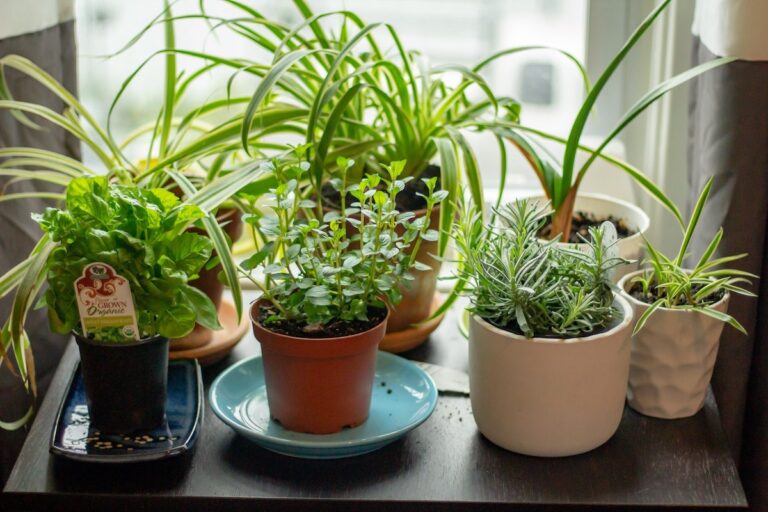Savoring Thanksgiving: A Healthy Twist on Classic Favorites
Thanksgiving – a season of warmth, gratitude, and delectable feasts. It’s a time when family recipes and hearty dishes take center stage. While these traditional favorites are deeply cherished, they often come loaded with calories. This year, why not infuse the Thanksgiving table with a healthier twist, keeping the flavors rich but the fare lighter?
Thanksgiving doesn’t have to be a choice between taste and health. By weaving in more vegetables, opting for lean proteins, and embracing whole grains, we can transform our feast into a balanced array of nourishment and flavor. It’s about celebrating the holiday’s culinary traditions in a way that also honors our commitment to vibrant living.
Stuffing is a Thanksgiving staple, but this year, let’s turn it on its head. Swap out the bread for quinoa, a gluten-free grain that’s rich in protein and fiber. Mix it with aromatic herbs like sage and thyme, add some chopped vegetables like carrots and celery, and throw in a handful of dried cranberries for a sweet twist. This stuffing isn’t just a side dish; it’s a conversation starter.
The turkey is the centerpiece of most Thanksgiving tables. This year, let’s opt for a leaner cut by choosing turkey breast. Marinate it with rosemary, garlic, and a bit of olive oil to keep it moist and flavorful. As it roasts to golden perfection, it fills the kitchen with an aroma that promises a mouthwatering main course, minus the unnecessary fats.
End the meal on a sweet note without overindulgence. Core some apples and fill them with a mixture of cinnamon, nutmeg, and a splash of honey or maple syrup. Bake them until they’re tender and serve with a dollop of Greek yogurt. It’s a dessert that satisfies the sweet tooth and adds a festive, healthy finale to your Thanksgiving meal.
Thanksgiving is more than a feast; it’s a celebration of togetherness, gratitude, and the bounty of the season. By giving our favorite dishes a healthier makeover, we not only cherish these moments but also nurture our well-being. Enjoy this day of thanks, filled with love, laughter, and a feast that’s as good for the body as it is for the soul.






